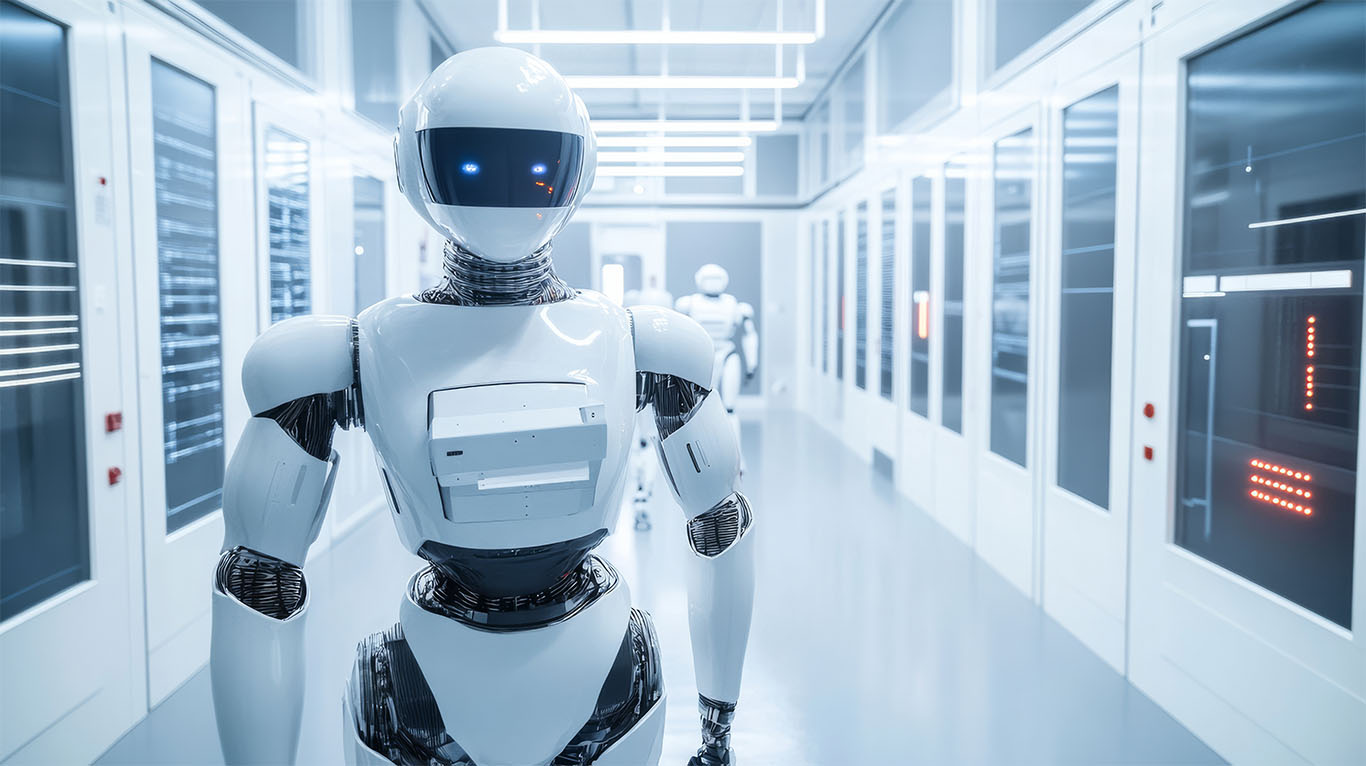
SoftBank and TSMC eye $1T AI megaproject in US desert
Masayoshi Son has set his sights on Arizona’s desert for what could become the largest AI and robotics hub in the world. Named “Project Crystal Land,” the proposed $1 trillion investment by SoftBank seeks to establish a vast industrial complex focused on robotics, semiconductor manufacturing, and AI innovation. At its core, the vision is to reindustrialize the United States and position Arizona as a high-tech counterweight to China’s Shenzhen.
SoftBank’s initiative represents an expansion of Son’s long-term ambition to lead in global AI development. The company is in advanced talks with Taiwan Semiconductor Manufacturing Co. and is exploring potential involvement from Samsung Electronics. Anchoring the project in Arizona, already home to TSMC’s expanding chip plants, could give Crystal Land a head start compared to other tech megaprojects.
SoftBank is also in discussions with both state and federal officials, including Commerce Secretary Howard Lutnick, to secure tax incentives and political support. These negotiations could prove essential in turning the proposal into a foundational part of the US manufacturing economy.
SoftBank’s expanding AI and semiconductor strategy frames Crystal Land
Crystal Land is not an isolated endeavor. Earlier this year, SoftBank acquired Ampere, a semiconductor firm, for $6.5 billion. More recently, the company pledged up to $40 billion to OpenAI, including $10 billion dedicated to co-investment opportunities in Japan.
At the same time, SoftBank launched a $500 billion “Stargate” project with OpenAI and Oracle, building data centers across North America. Together, these moves reflect a strategic shift toward integrating AI infrastructure, chip production, and robotics under one industrial portfolio.
Crystal Land is a key part of that transformation. It would bring manufacturing into the mix, helping SoftBank control more of the AI supply chain, from processing to deployment.
Arizona’s semiconductor strength makes it the logical choice
Arizona has become a critical location in the effort to rebuild domestic chip production. TSMC is investing $65 billion into three fabrication facilities in the state, aided by $6.6 billion in CHIPS Act grants and up to $5 billion in loans. These plants will manufacture chips as advanced as 2 nanometers.
This investment is already expected to bring 6,000 high-tech jobs and generate $32.9 billion in economic output. Crystal Land could multiply that impact by introducing robotics assembly lines, AI testing centers, and automated logistics platforms.
The state’s growing chip infrastructure, policy support, and industrial space make it a natural site for the next phase of SoftBank’s strategy.
The Shenzhen comparison signals a broader ambition
Masayoshi Son has compared Crystal Land to Shenzhen, China’s hub of manufacturing and innovation. The goal is to replicate that model in the United States, an ambitious effort that aligns with the federal push to restore key industries domestically.
The project’s economic potential is substantial. Tens of thousands of jobs could emerge, particularly in skilled trades, engineering, and operations. Adjacent industries, from construction to transportation, would likely benefit from the scale of investment.
Still, the comparison carries weight and risk. TSMC’s expansion in Arizona has faced delays. Stargate is still ramping up. Crystal Land may be the boldest yet in terms of scope and execution risk.
Sources:
Bloomberg